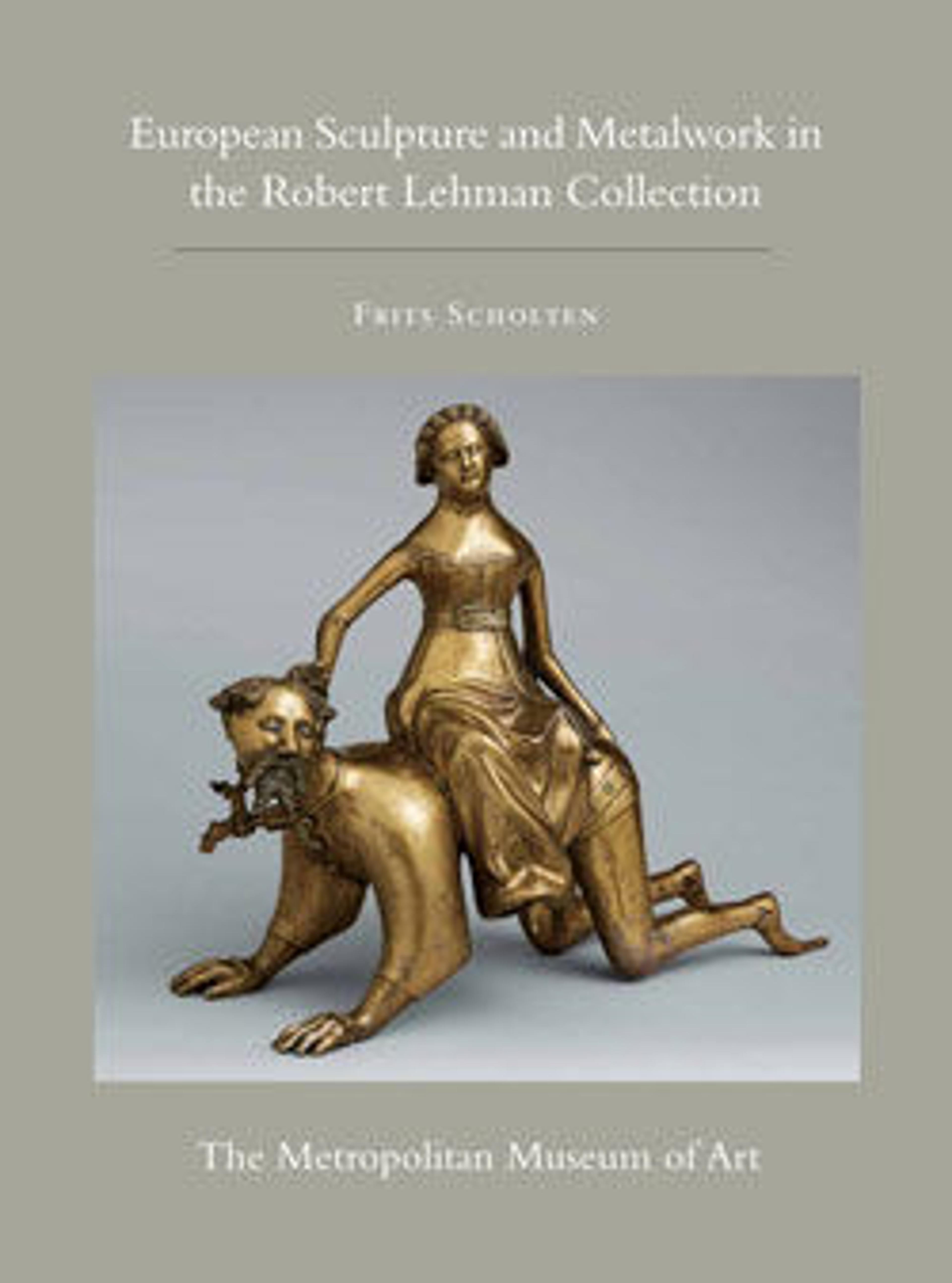Aquamanile in the Form of a Lion
An aquamanile, from the Latin words for water (aqua) and hand (manus), is a vessel used in the ritual of hand washing in both religious and secular contexts—by the priest before Mass and in a private household before a meal. Surviving medieval examples were cast in copper alloy in the form of animals or figures. This crouching lion may have been made in Germany in the early thirteenth century, although some technical aspects point to a much later date. Thus, it may be an example of a medieval revival piece from northern Germany dating to the early nineteenth century.
Artwork Details
- Title: Aquamanile in the Form of a Lion
- Date: ca. 1230 or early nineteenth century
- Culture: North German, Lubeck (?)
- Medium: Bronze; binary copper alloy (approx. 88% copper, approx. 8% tin) hollow cast,
chased, engraved, and gilded. - Dimensions: H. 20.7 cm, w. 12.4 cm, l. 25.3 cm, wt. 2867 g.
- Classification: Metalwork
- Credit Line: Robert Lehman Collection, 1975
- Object Number: 1975.1.1410
- Curatorial Department: The Robert Lehman Collection
More Artwork
Research Resources
The Met provides unparalleled resources for research and welcomes an international community of students and scholars. The Met's Open Access API is where creators and researchers can connect to the The Met collection. Open Access data and public domain images are available for unrestricted commercial and noncommercial use without permission or fee.
To request images under copyright and other restrictions, please use this Image Request form.
Feedback
We continue to research and examine historical and cultural context for objects in The Met collection. If you have comments or questions about this object record, please contact us using the form below. The Museum looks forward to receiving your comments.
